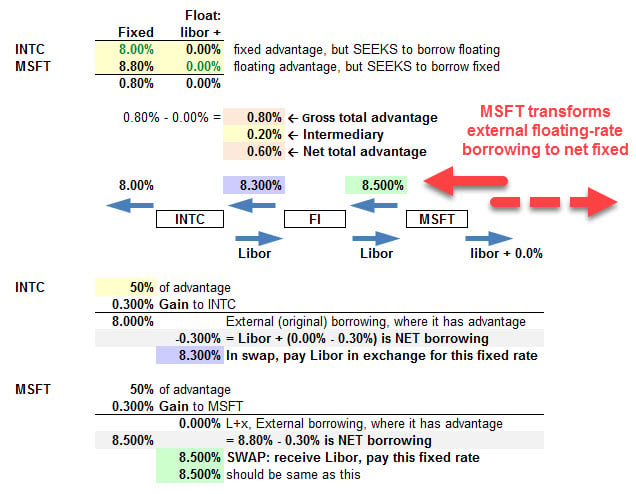Unusualskill
Member
Hi,
Below is the question that I came across while reading Part 1 FRM Swap:
Which of the following would properly transform a floating-rate liability to a fixed-rate liability? Enter into a pay:
A. Foreign currency swap
B. Fixed interest rate swap
C. Domestic currency swap
D. Floating interest rate swap
May I ask what are the differences of the above swaps as I know when enter into currency swap, there are both fixed and floating but I never come across foreign currency , domestic currency.
Also, Fixed interest rate swap and floating interest rate swap here means pay fixed interest and pay floating interest respectively?
Thank you!
Below is the question that I came across while reading Part 1 FRM Swap:
Which of the following would properly transform a floating-rate liability to a fixed-rate liability? Enter into a pay:
A. Foreign currency swap
B. Fixed interest rate swap
C. Domestic currency swap
D. Floating interest rate swap
May I ask what are the differences of the above swaps as I know when enter into currency swap, there are both fixed and floating but I never come across foreign currency , domestic currency.
Also, Fixed interest rate swap and floating interest rate swap here means pay fixed interest and pay floating interest respectively?
Thank you!

 ), thanks,
), thanks,